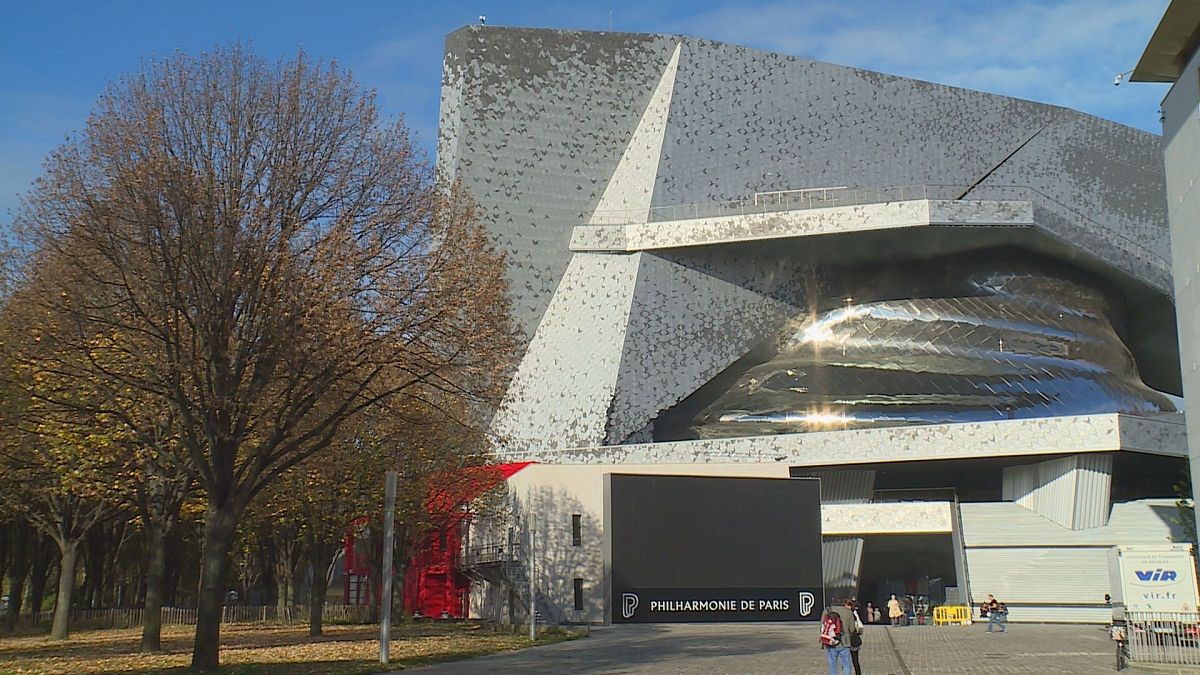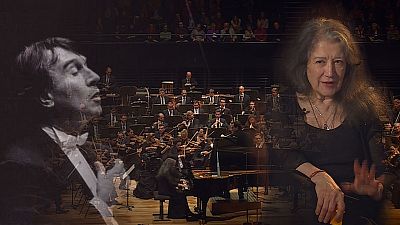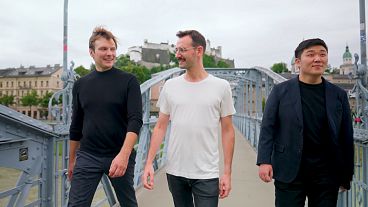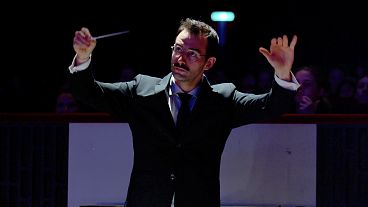The Philharmonie de Paris, which opened last January in northeastern Paris, is today a cornerstone of the City of Music. With a state-of-the-art
The Philharmonie de Paris, which opened last January in northeastern Paris, is today a cornerstone of the City of Music.
With a state-of-the-art concert hall, and much more, the whole project was launched with a precise goal in mind, as Chairman Laurent Bayle explains: “Our ambition is to address both music buffs, who already know the ins and outs of the classical repertoire, and the ‘new’ audience who, either because they are young or because they are intimidated by a place of so-called ‘high culture’, feel they don’t know the codes to access the music. Here, on the other hand, they are more than welcome because such complexes make no sense in this place.

Bayle outlines the layout of the Philarmonie: “You’ll find three concert halls, a museum of music, temporary exhibition facilities. There are also several education areas that have a hand-on, collective approach, and are specifically children- and family-oriented.

“When we selected architect Jean Nouvel and his acoustician, Sir Harold Marshall, we chose the way of innovation, but of a type you will not find anywhere else. If you take a closer look at the hall of the ‘Philharmonie de Paris’, you’ll notice that most of the balconies are detached from the wall, and the audience reach the circles through runways. This gives the impression that the balconies are suspended in the void. This enables the public to be, and feel, more intimate, closer to the stage. It also produces an air volume behind the balconies, which enhances the sound quality and creates our unique acoustics: warm, rich, and still very precise.

“Classical, high-brow music is often separate – it has places of its own, which are different from those of ‘popular’ music. I believe it is high time we set up specific places aimed at overcoming such distinctions. Such places should be able to encompass, both historically and geographically, the musical world, and should point to the common as well as the different, conflicting elements between so-called ‘high culture’ and pop culture. Ignoring the need for such a kind of place would mean accentuating other fractures in our society today. I mean deeper fractures that account for the present lack of dialogue, which is of course detrimental for the unity of our Western societies.”



